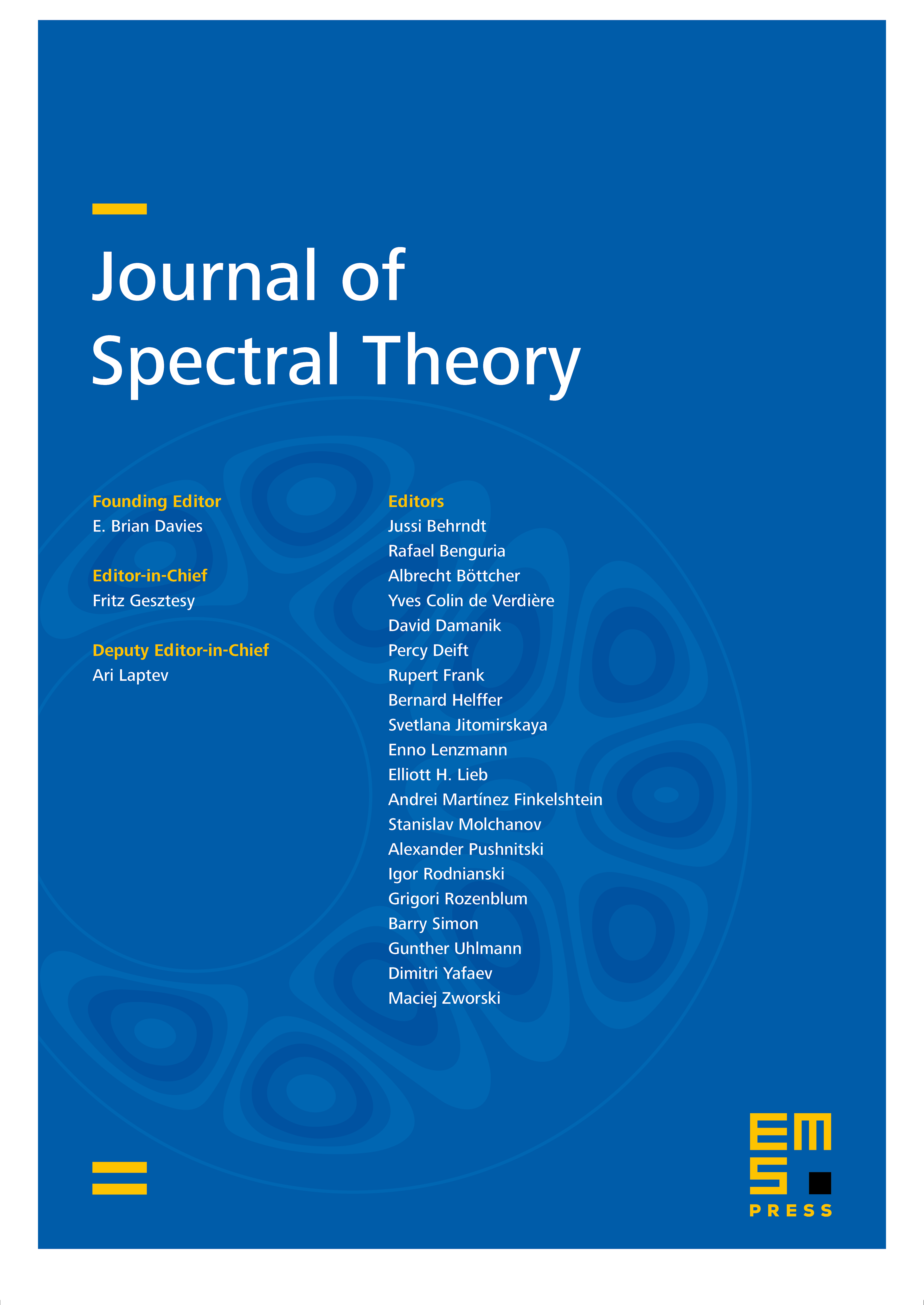Distinguished self-adjoint extension and eigenvalues of operators with gaps. Application to Dirac–Coulomb operators
Jean Dolbeault
CEREMADE (CNRS UMR 7534), PSL Université Paris-Dauphine, FranceMaria J. Esteban
CEREMADE (CNRS UMR 7534), PSL Université Paris-Dauphine, FranceÉric Séré
CEREMADE (CNRS UMR 7534), PSL Université Paris-Dauphine, France

Abstract
We consider a linear symmetric operator in a Hilbert space that is neither bounded from above nor from below, admits a block decomposition corresponding to an orthogonal splitting of the Hilbert space and has a variational gap property associated with the block decomposition. A typical example is the Dirac–Coulomb operator defined on . In this paper we define a distinguished self-adjoint extension with a spectral gap and characterize its eigenvalues in that gap by a min-max principle. This has been done in the past under technical conditions. Here we use a different, geometric strategy, to achieve that goal by making only minimal assumptions. Our result applied to the Dirac–Coulomb-like Hamitonians covers sign-changing potentials as well as molecules with an arbitrary number of nuclei having atomic numbers less than or equal to 137
Cite this article
Jean Dolbeault, Maria J. Esteban, Éric Séré, Distinguished self-adjoint extension and eigenvalues of operators with gaps. Application to Dirac–Coulomb operators. J. Spectr. Theory 13 (2023), no. 2, pp. 491–524
DOI 10.4171/JST/461